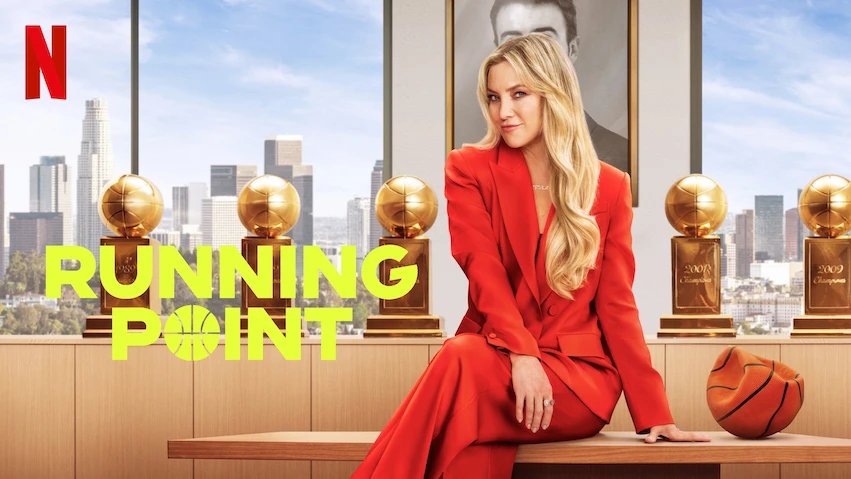Hungry for a marketing challenge?
Imagine you’re Packard Bell, the Thousand Oaks, CA, seller of PCs and home electronics. For a decade you have revolutionized the home PC market by offering the latest technology at affordable prices. Thanks in part to your marketing, you’re selling more PCs than anyone via mass merchandisers, and creating a new distribution system in the process.
Oh, and by the way, you’re also the first PC maker to package software with the hardware – setting an eventual industry standard.
But then, without warning, there springs up a cacophonous army of competitors, all selling PCs for the home, all cutting prices to the bone, all shouting bargains. Suddenly you feel like a still, small voice in a tornado of din, like a well-read student trying to catch the eye of the teacher and get yourself called on in class. How do you keep your momentum in a newly competitive landscape?
Packard Bell’s senior vp-marketing Mike Gold and advertising vp Marla Sandall 1/2gured out a way. They wanted to expand Packard Bell’s market share and keep up sales, but such expansion isn’t cheap. “Mass media is very expensive, and it’s dif1/2cult to justify the demand for that kind of expense, especially if your product yields low margins, as PCs do,” Sandall explains.
Mass marketing is also inef1/2cient, and often misses the real target: quali1/2ed shoppers. So Packard Bell set out to target its most qualified customers without relying on TV.
“When we were thinking out a strategy, a lot of it was gut instinct,” Sandall says. “It helps if you have a scrapper mentality, because then it’s amazing what you come up with.”
Sandall and Gold set their sites on the 5,000 retail sales associates who each recommend PC brands to as many as 140 qualified shoppers every week. How could Packard Bell capture their interest and spur referrals for its brand?
“Our gut feeling was that if we tried a copycat promotion, it would get lost in the noise of our competitors,” says Sandall. “We were looking for a cohesive promotion concept that would tie together Gen X’ers and our brand.”
Gold and Sandall wanted to supplement Packard Bell’s high-pro1/2le ad theme, “The computer people come home to,” with a promotion that generated word-of-mouth. They tapped New York promo shop b.little & company, which suggested hitting up salespeople away from the retail floor. Gen X’ers thrive on information delivered in vivid snippets and punchy sound bytes, so b. little recommended a series of entertaining CD-ROMs delivered to sales associates’ homes in faux fast-food cartons. Sandall and Gold put Home Delivery on the front burner.
“I give Mike Gold and Marla Sandall a lot of credit for their foresight. They embraced the concept right away,” says b. little founding partner Lee Rogan.
Packard Bell mailed 5,000 CD-ROMs with music videos from hot new bands, classic TV commercials, trailers from upcoming films, new animation and, hidden throughout, key Packard Bell messages about product and service upgrades. Each of three CD-ROMs was packaged to resemble a take-home food container. A pizza-themed CD went out in June, a chicken bucket in September, and Chinese take-out in the fall. “It mimicked the foods Gen X’ers enjoy,” says Sandall, who is quick to point out the authentic-looking grease stains on the pizza box.
“B. little has real creative genius,” Sandall, age 47, says. The shop was “very effective in distilling the strategy Mike Gold and I had crafted into an equally well-crafted promotion.” The campaign won the Promotion Marketing Association’s Super Reggie Award and a World PRO Award of Excellence from promo and the Association of Promotion Marketing Agencies Worldwide.
Packard Bell liked the plaudits from sales associates even more. A survey found that 93 percent liked the concept, 84 percent said it made them “feel good about the product,” and 73 percent said they were recommending Packard Bell when they hadn’t before.
Now that’s what you call icing on the home-delivered cake.
 Network
Network

